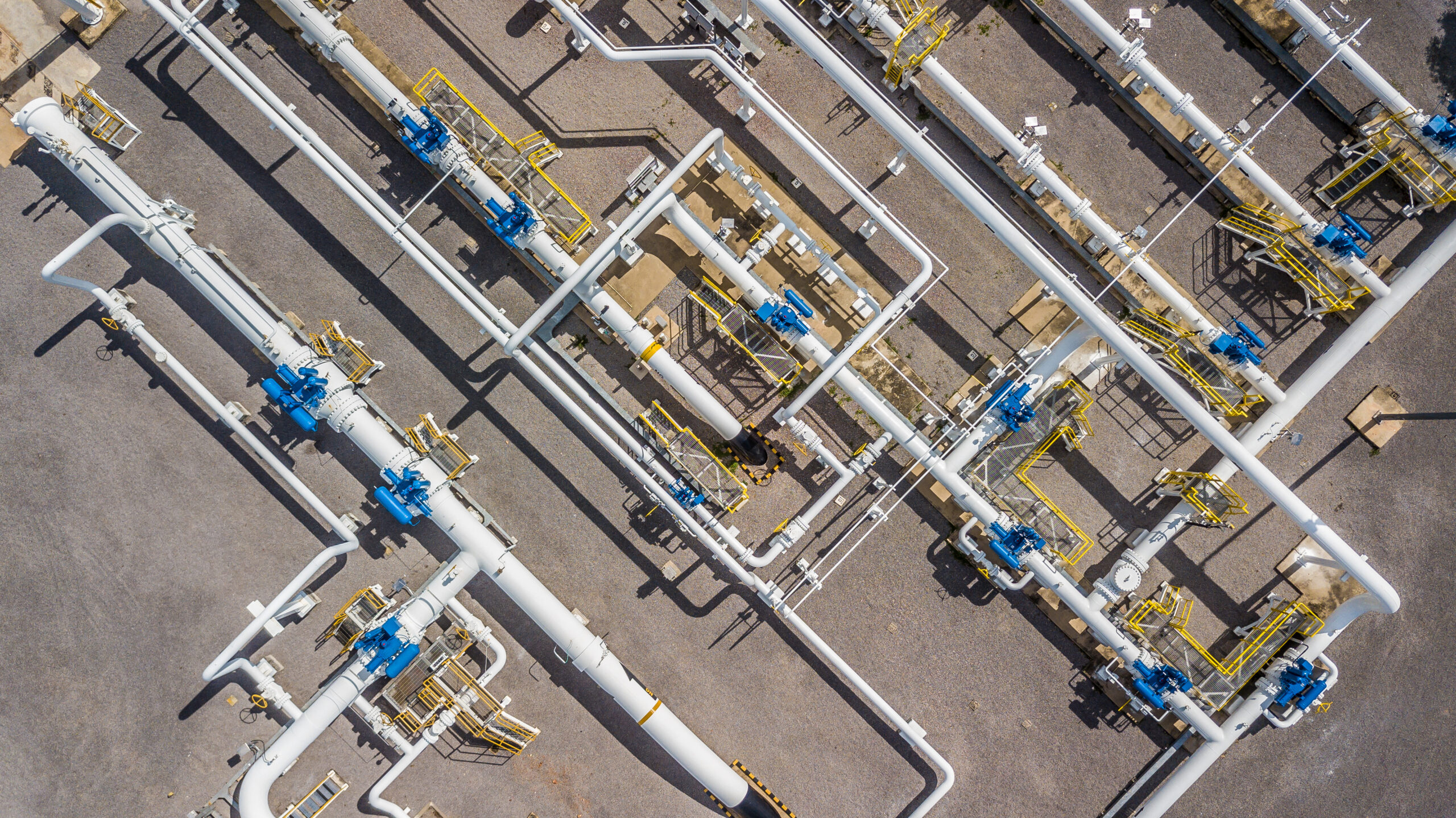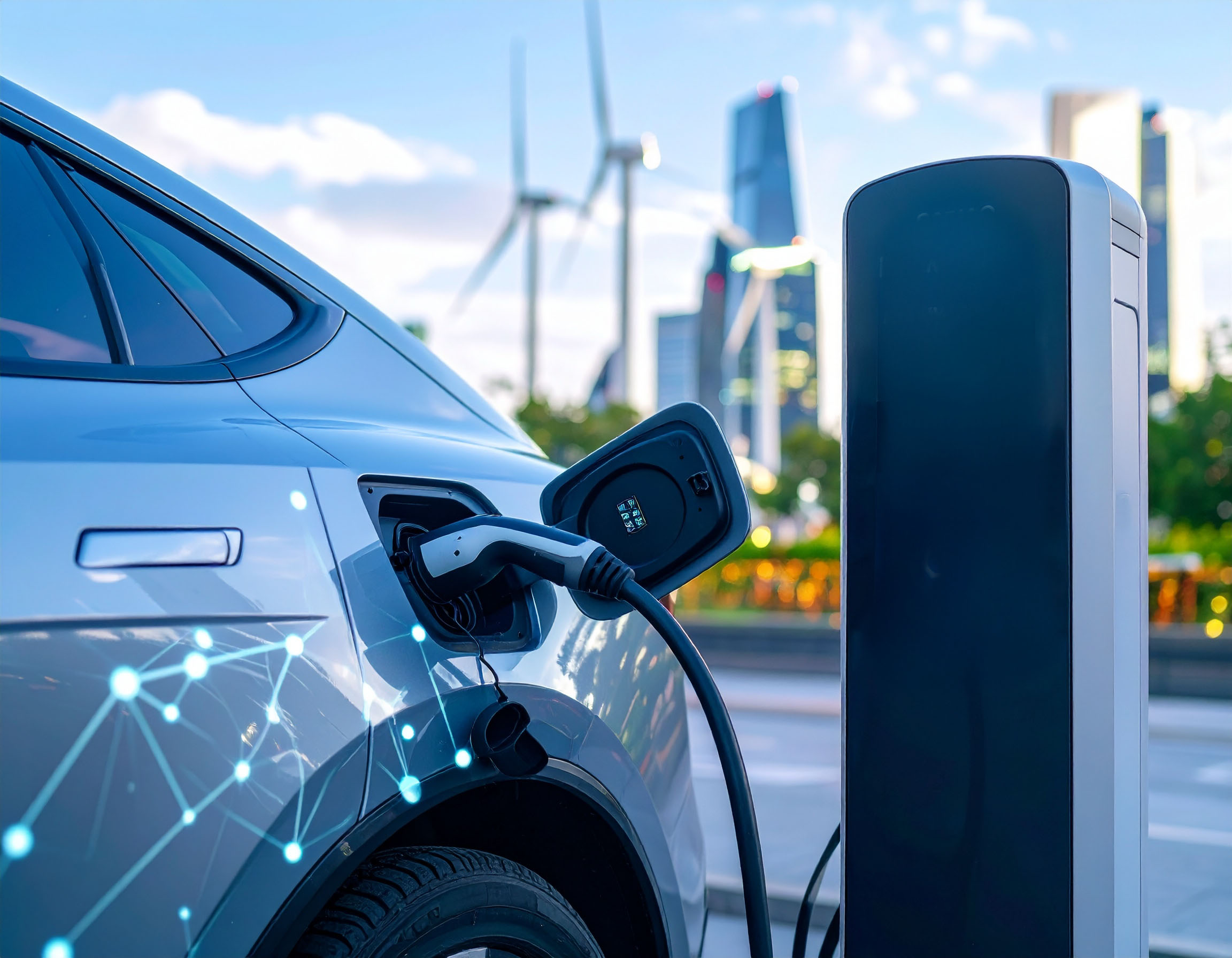UK Temporarily Waives Hydrogen Pipeline Licenses to Accelerate Growth

In a bid to fast-track hydrogen infrastructure, the UK government has temporarily removed licensing requirements for pipelines delivering 100% hydrogen.
The exemption, effective July 15, applies to pilot and early-stage commercial projects, offering developers a “test track” to refine delivery systems without legacy regulatory friction.
The move builds on the Energy Act 2023, which laid the legal groundwork for hydrogen transport. Officials say the policy will evolve as the market matures, with comprehensive licensing rules to follow, balancing innovation with safety and consumer protection.
Hydrogen’s unique molecular properties require specialised pipeline design, and this regulatory flexibility is expected to catalyse industrial decarbonisation clusters and clean energy hubs.
The UK is clearing regulatory roadblocks to help hydrogen infrastructure scale faster and smarter.
What It Means in Practice
Faster Project Starts: Developers working on hydrogen transport infrastructure, like pipelines between production sites and industrial users, no longer have to wait for full licensing approvals.
They can break ground sooner, test technologies, and refine layouts without delays caused by regulatory bottlenecks.
Lower Entry Barriers for Innovators: Smaller companies, universities, and tech startups exploring hydrogen delivery can now build and operate pilot pipelines without facing legal hurdles typically designed for large-scale gas networks.
That helps diversify innovation and speeds up technical learning.
Trial-and-Error Made Easier: Because hydrogen molecules behave differently to natural gas (they’re smaller, more reactive, and need different materials), testing pipeline systems in real-world conditions is critical.
The exemption allows developers to experiment with different alloys, pressures, and safety protocols in early-stage deployments.
Cluster Development Boost: Hydrogen industrial clusters, like Teesside or Humberside, often rely on short-distance pipeline networks between production, storage, and consumption sites.
This temporary rule simplifies logistics and helps these hubs evolve faster, attracting investment and reducing carbon emissions in manufacturing zones.

